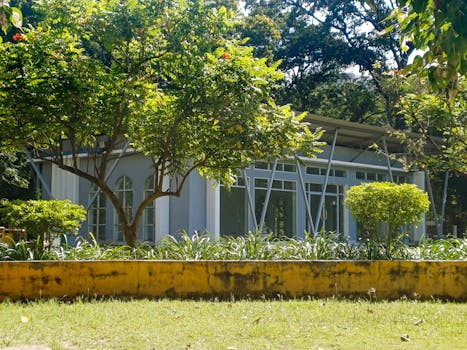
Traveling Through Time: How Europe’s Historical Heritage Shapes Modern Lifestyles in 2025
Traveling Through Time: How Europe’s Historical Heritage Shapes Modern Lifestyles in 2025. Europe, with its vast and diverse historical heritage, has always been a fascinating continent to explore. From the ancient ruins of Greece and Rome to the medieval castles of England and France, every country in Europe has its own unique story to tell. As we journey through the continent, we can see how the past continues to shape the present, influencing modern lifestyles in countless ways.
Architectural Legacy
One of the most visible ways in which Europe’s historical heritage shapes modern lifestyles is through its architecture. From the grandeur of Gothic cathedrals to the elegance of Renaissance palaces, the continent’s buildings are a testament to the ingenuity and craftsmanship of our ancestors. In many cities, ancient structures have been lovingly restored and repurposed, now serving as museums, galleries, and even luxury hotels. This blend of old and new creates a unique urban landscape, where modern lifestyles coexist with the relics of the past.
Cultural Exchange
Europe’s historical heritage has also facilitated cultural exchange between nations, fostering a rich and diverse artistic scene. The continent is home to some of the world’s most famous museums, such as the Louvre in Paris and the Uffizi Gallery in Florence, which attract millions of visitors each year. These institutions showcase the works of European masters, from Leonardo da Vinci to Vincent van Gogh, inspiring new generations of artists, designers, and creatives. As a result, modern lifestyles in Europe are characterized by a deep appreciation for art, music, and literature, with many cities hosting vibrant festivals and events throughout the year.
Food and Wine
Another area where Europe’s historical heritage has a significant impact on modern lifestyles is in the realm of food and wine. The continent is renowned for its culinary diversity, with each country boasting its own unique cuisine and specialties. From the pizza of Italy to the croissants of France, traditional dishes have been passed down through generations, often incorporating local ingredients and cooking techniques. Wine production is another area where Europe’s historical heritage shines, with regions like Bordeaux, Tuscany, and Rioja producing some of the world’s finest wines. As a result, modern lifestyles in Europe often revolve around mealtimes, with friends and family gathering to share delicious food and wine.
Sustainability and Conservation
As we look to the future, it’s clear that Europe’s historical heritage will continue to shape modern lifestyles in many ways. One of the most significant challenges facing the continent is the need to balance preservation with progress, ensuring that historic buildings and sites are protected for future generations. This has led to a growing focus on sustainability and conservation, with many cities investing in eco-friendly infrastructure and green spaces. As a result, modern lifestyles in Europe are becoming increasingly environmentally conscious, with a strong emphasis on reducing waste, conserving energy, and promoting sustainable tourism.





